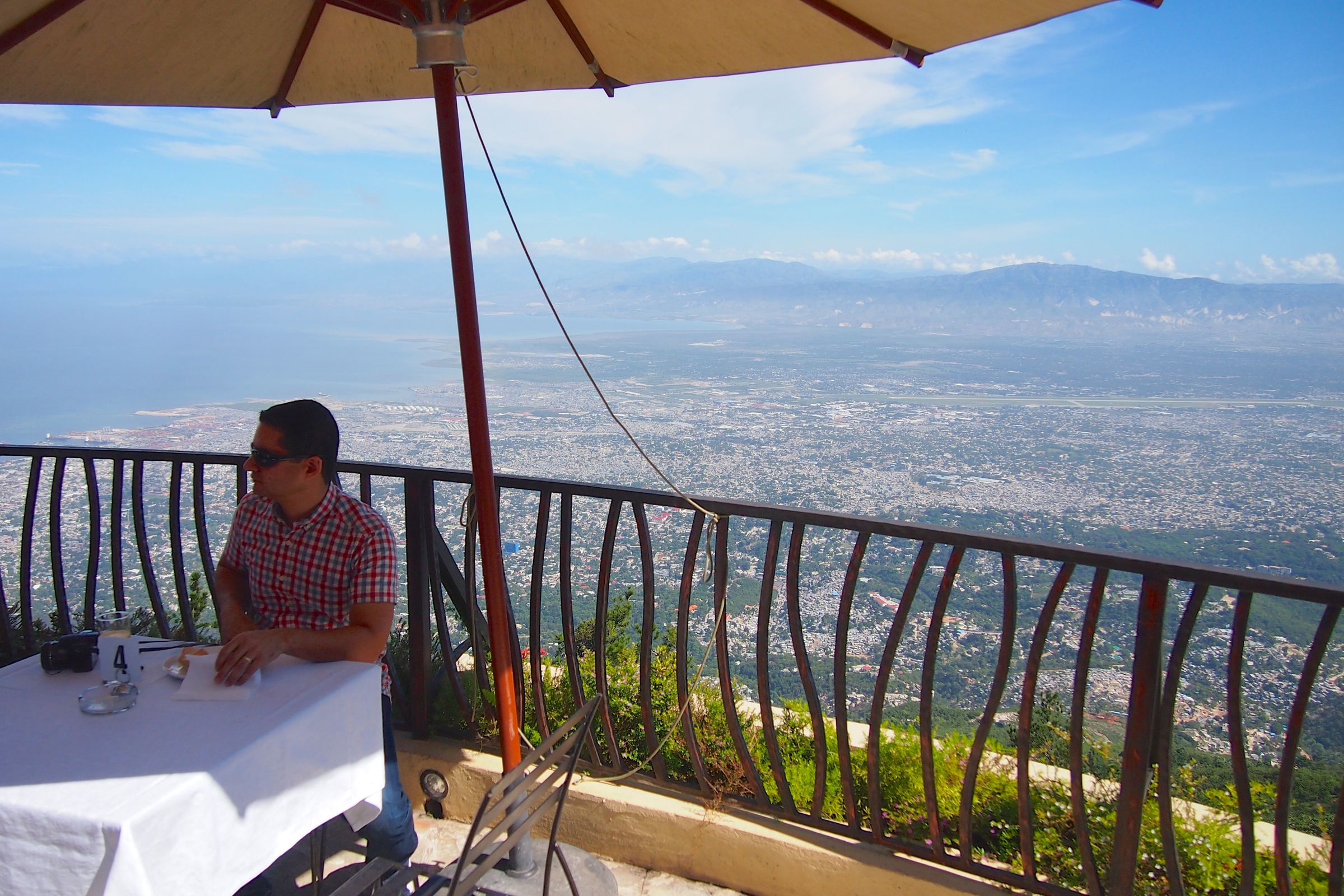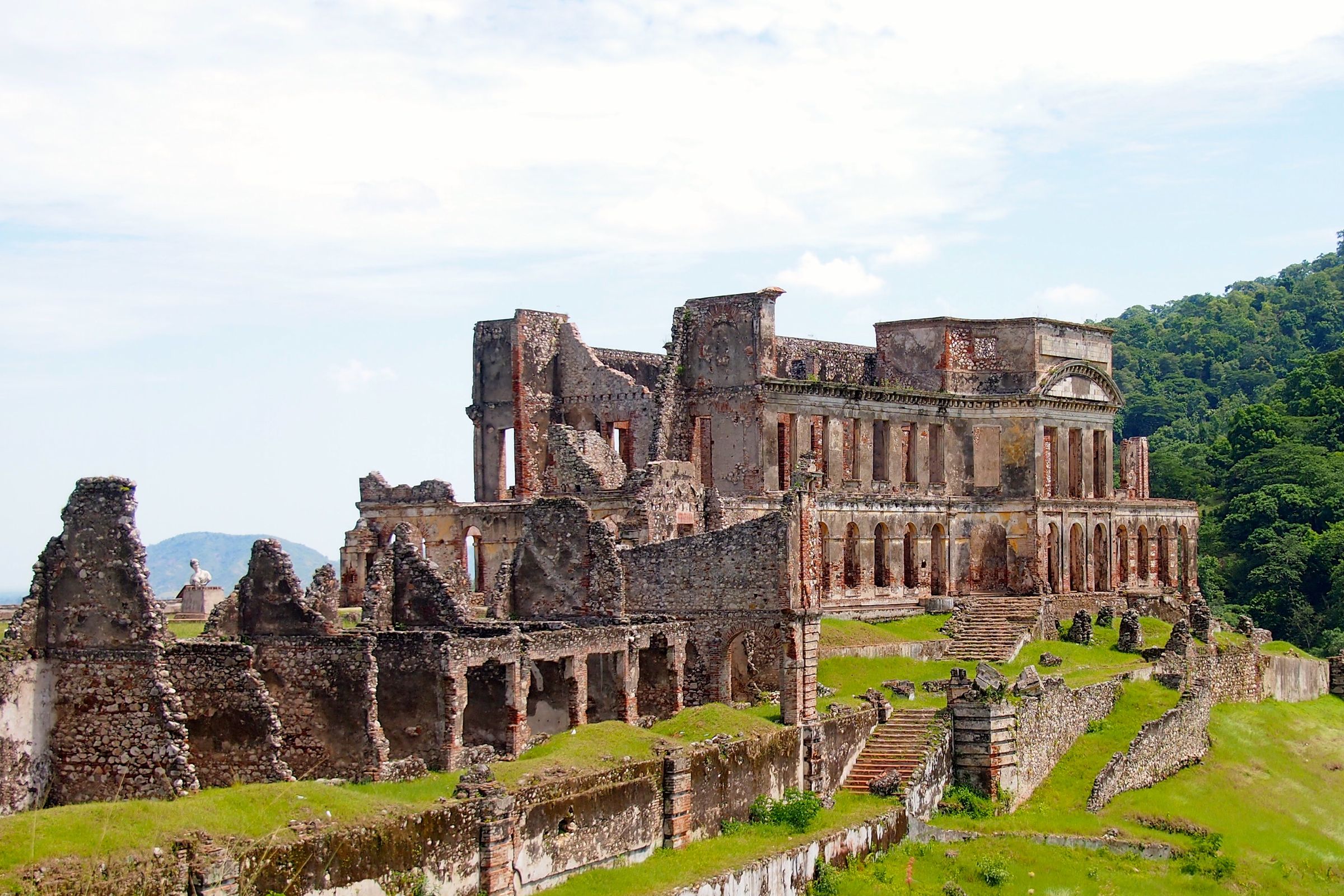Haiti’s Unbreakable Negre Marron: Uncommon Attraction
Of all the beautifully inspiring things I’ve come to love about Haiti during my numerous visits here over the past two years, the one that stands out the most is the unbreakable spirit of her people.
This may come as a surprise to those whose only view of the country comes by way of the mainstream media. The sensationalized picture that drives TV ratings and sells newspapers makes it easy to believe that everyone here is beleaguered, downtrodden, destitute, or worse.
Nothing could be further from the truth.
As we’ve shown in her vibrant resort areas, pulse-pounding nightlife, private island playgrounds, and upscale hotels, and restaurants, there does, indeed, exist another side of Haiti; one that’s not only very much like what you’d expect to find throughout the rest of the Caribbean, but also one that’s enjoyed by both visitors and locals alike.
Even among those with very little to their names – regular people I’ve met on the streets of Port-au-Prince, Jacmel, Cap-Haitien and elsewhere – I’ve noted an incredible inner strength, boundless energy, and a tremendous ability to improvise, adapt, and overcome most any of life’s obstacles.
The people of Haiti are truly amazing, their unbreakable spirit artfully reflected to me by the statue pictured above.
It’s called Le Negre Marron, or in Creole, Neg Mawon. Translated into English, it’s The Black Maroon. In any language, though, it remains an icon of Haiti and one of the most important art pieces found anywhere in the Caribbean.
Commissioned by the Duvalier government to commemorate the landmark slave revolt against France that won Haiti her freedom in 1804, the statue was produced by Haitian sculptor/artist Albert Mangones in the late-1960’s.
It’s an extremely moving piece – the left leg extended with a broken shackle at the ankle denoting the hard-fought freedom, a machete in the right hand showing the strength to fight, and the conch shell at the lips harkening to the old and oft-used method of alerting the masses.
Le Negre Marron is a powerful symbol, made even more so by the tragic 2010 earthquake.
The statue is located along the Champ de Mars boulevard in downtown Port-au-Prince, one of the areas hardest-hit by the quake. Just across the way from the statue, the Presidential Palace fully destroyed in 2010 once stood.
Through it all, though, Le Negre Marron stood tall, emerging from the quake unscathed.
Strong, resilient, unbreakable – just like the people of Haiti.



